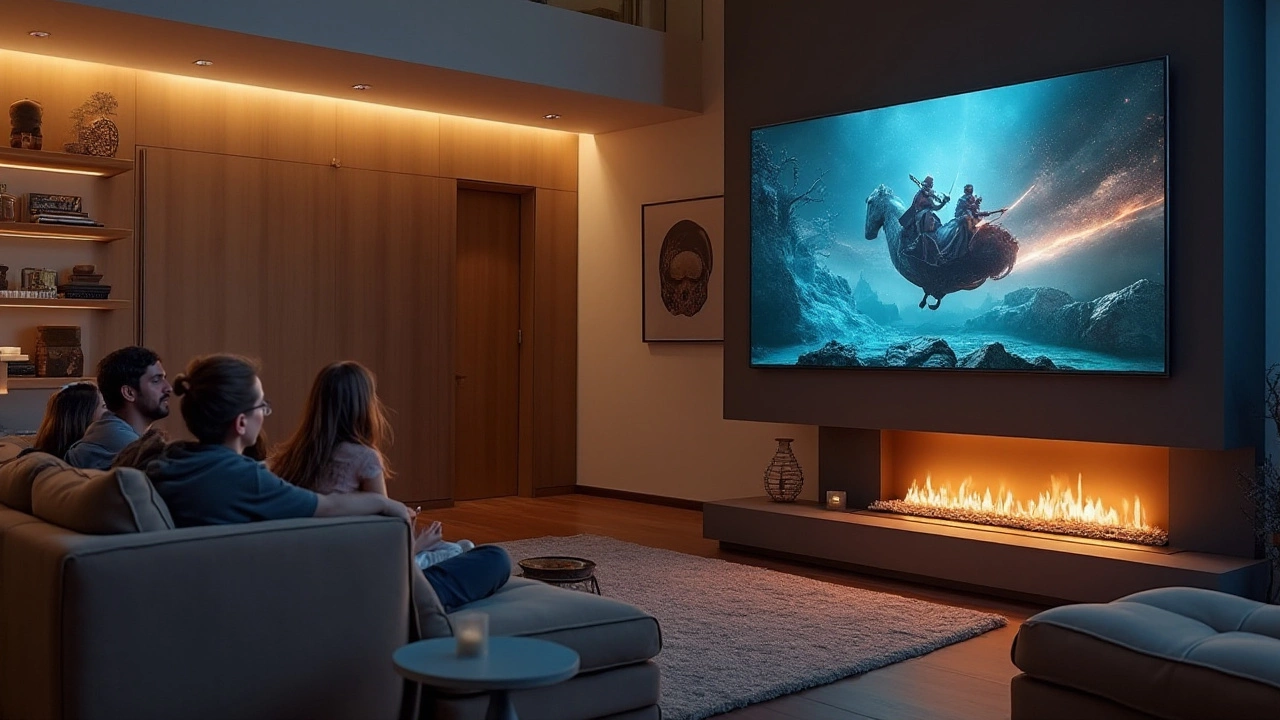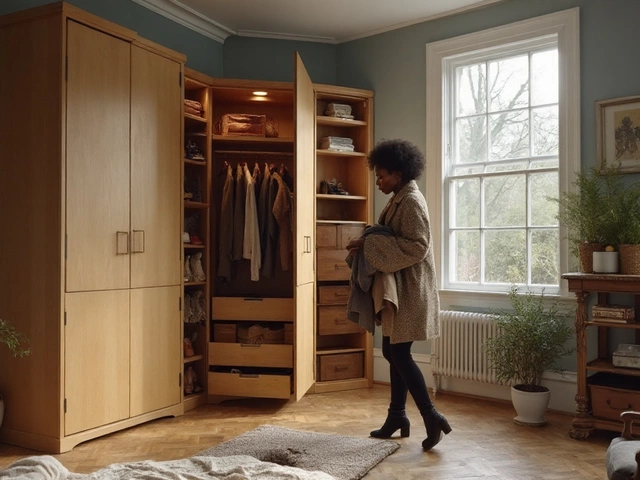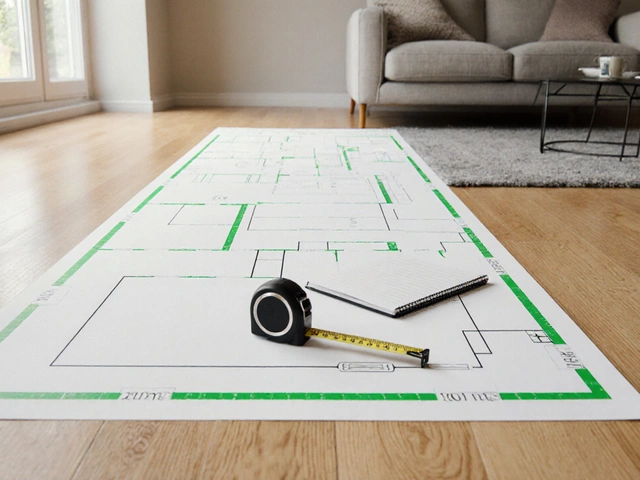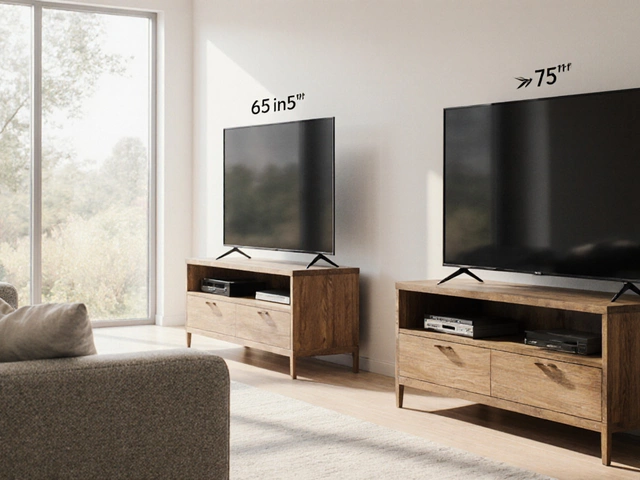TV Mounting Height – Find the Perfect Spot for Your Screen
Ever sat on the couch and felt a strain in your neck because the TV was too high or too low? You’re not alone. The right mounting height makes movies feel immersive, reduces eye strain, and keeps your room looking tidy. Below you’ll get straight‑forward steps to get the height just right, plus quick fixes for common problems.
Why Eye Level is the Sweet Spot
When you watch TV, your eyes should be roughly level with the screen’s center. Most people sit about 3‑4 feet away in a living room, so a good rule of thumb is to place the screen so the middle is about 42‑48 inches from the floor. This keeps your neck in a neutral position and avoids the “looking up” fatigue that can turn a binge‑watch session into a sore‑neck marathon.
If you have a higher sofa or a low coffee table, adjust the height accordingly. Measure the distance from the floor to your eye line while seated, then use that number to set the mount. A quick way is to sit where you usually watch, have a friend hold a tape measure at eye level, and note the number.
Step‑by‑Step Guide to Mounting Your TV
1. Gather tools. You’ll need a stud finder, drill, level, screwdriver, and the mounting kit that came with your TV. Having everything ready saves time.
2. Find the studs. Use the stud finder to locate two vertical studs in the wall. Mark the centers – these will hold the weight.
3. Mark the height. Hold the mount at the desired eye‑level height, use a level to make sure it’s straight, and mark the screw holes on the wall.
4. Drill pilot holes. Drill small pilot holes where you marked. This makes it easier to drive the screws into the studs.
5. Attach the mount. Secure the mount to the wall with the supplied screws. Double‑check it’s level before tightening fully.
6. Hang the TV. With a partner’s help, lift the TV onto the mount brackets. Most modern mounts lock into place with a simple click.
7. Check the view. Sit down, look at the screen, and make sure the center aligns with your eye line. Small tweaks are easier now than after you’ve wired everything.
Once the TV is up, tidy up cables with a cable cover or in‑wall conduit. Clean cables look professional and lower the risk of tripping.
If you live in a rental or can’t drill into studs, consider a freestanding TV stand or a wall‑mount that uses toggle bolts. These options keep the height adjustable without permanent changes.
Need more ideas? Our posts on "Low vs. High TV Stands" and "Where NOT to Put Your TV in a Living Room" dive deeper into placement mistakes and alternative solutions.
In short, the perfect TV mounting height isn’t a one‑size‑fits‑all answer – it’s about matching the screen to your eye level, safe wall anchors, and a clean look. Follow these steps, test the view, and you’ll enjoy movies, games, and shows without a sore neck. Happy mounting!





